


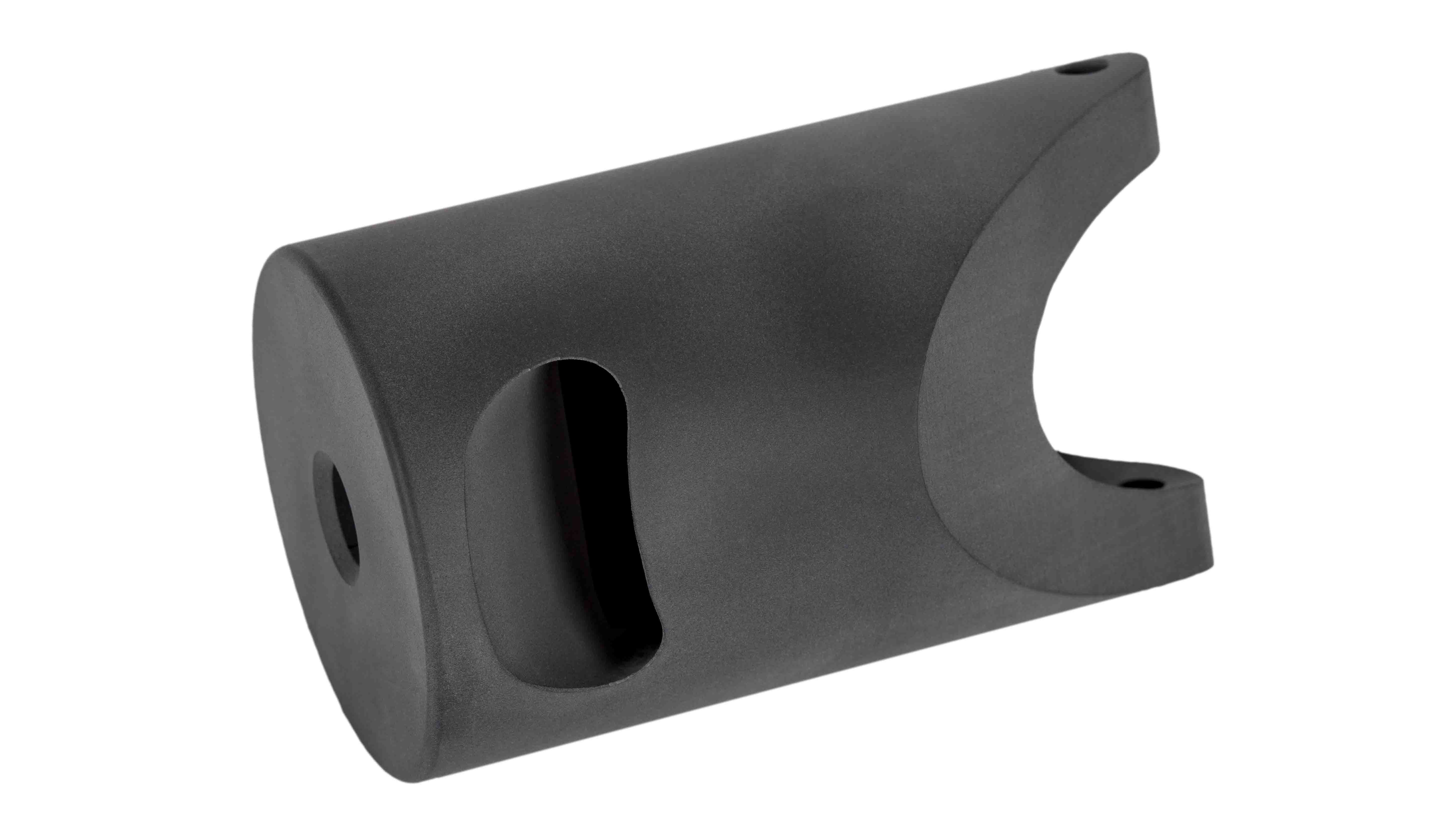

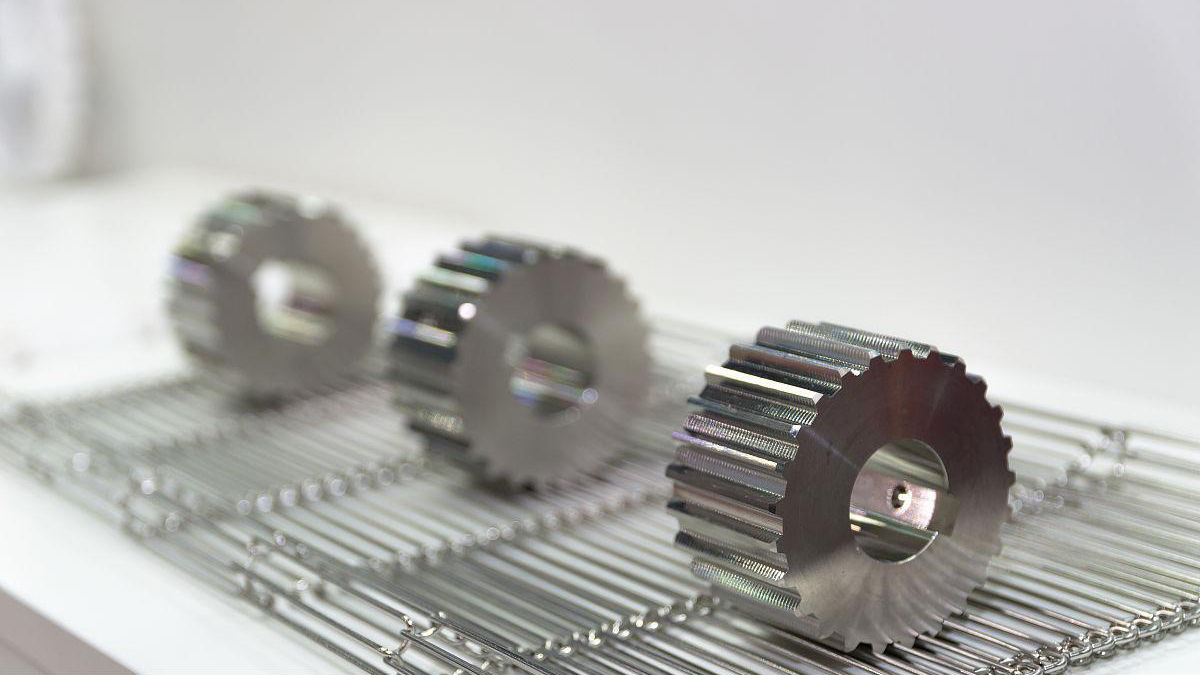
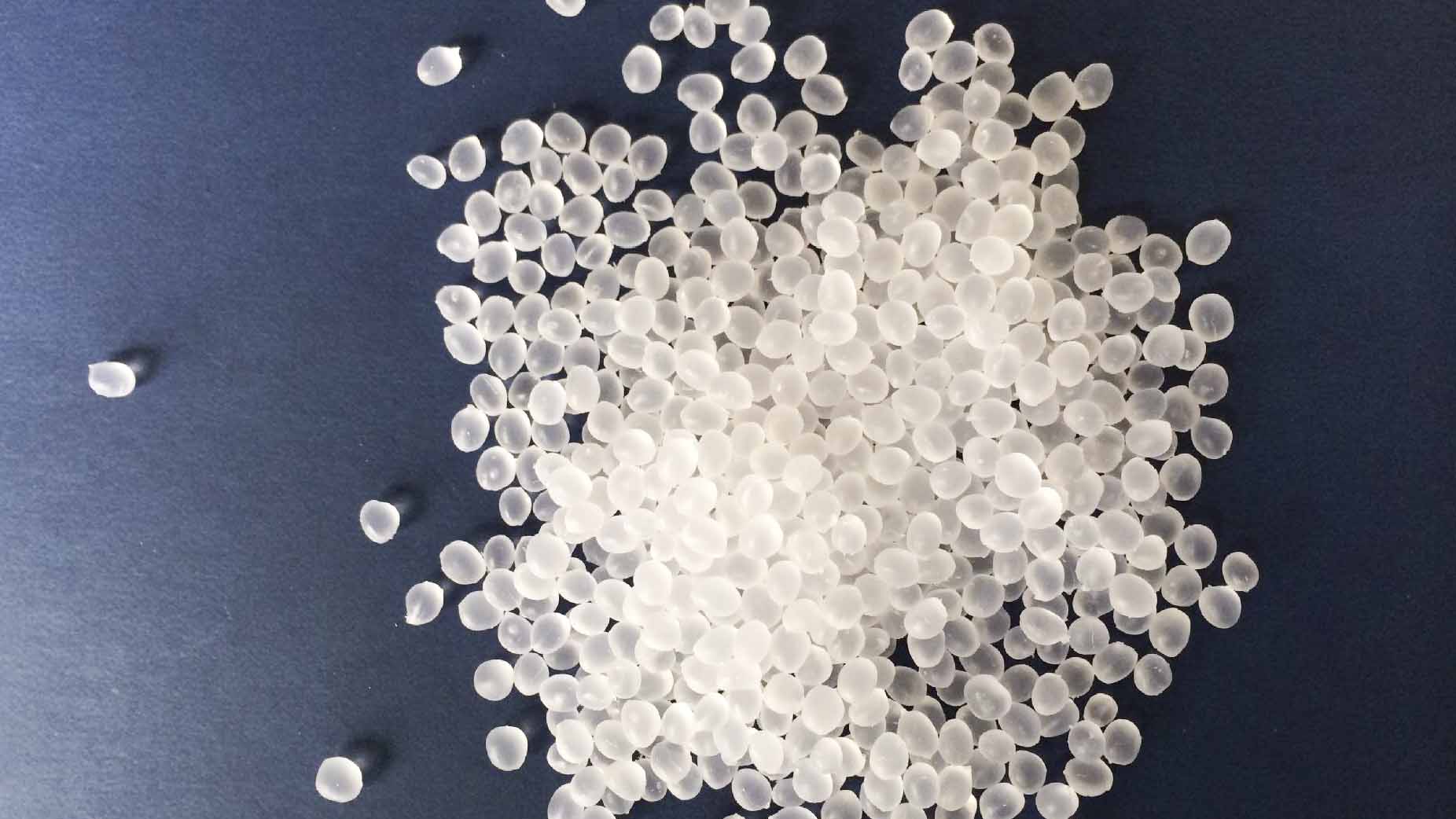
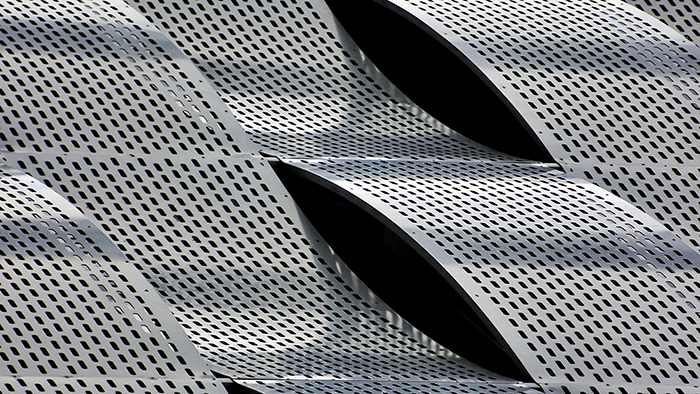
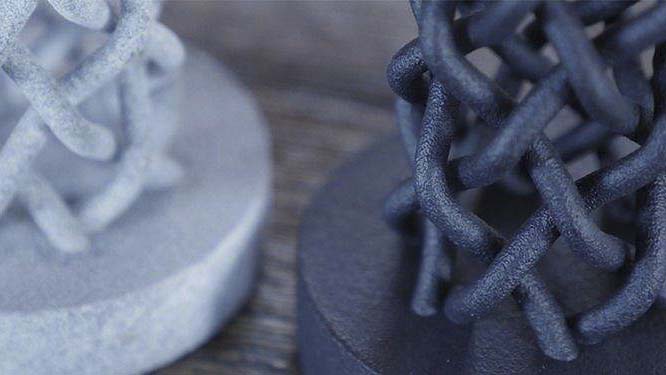
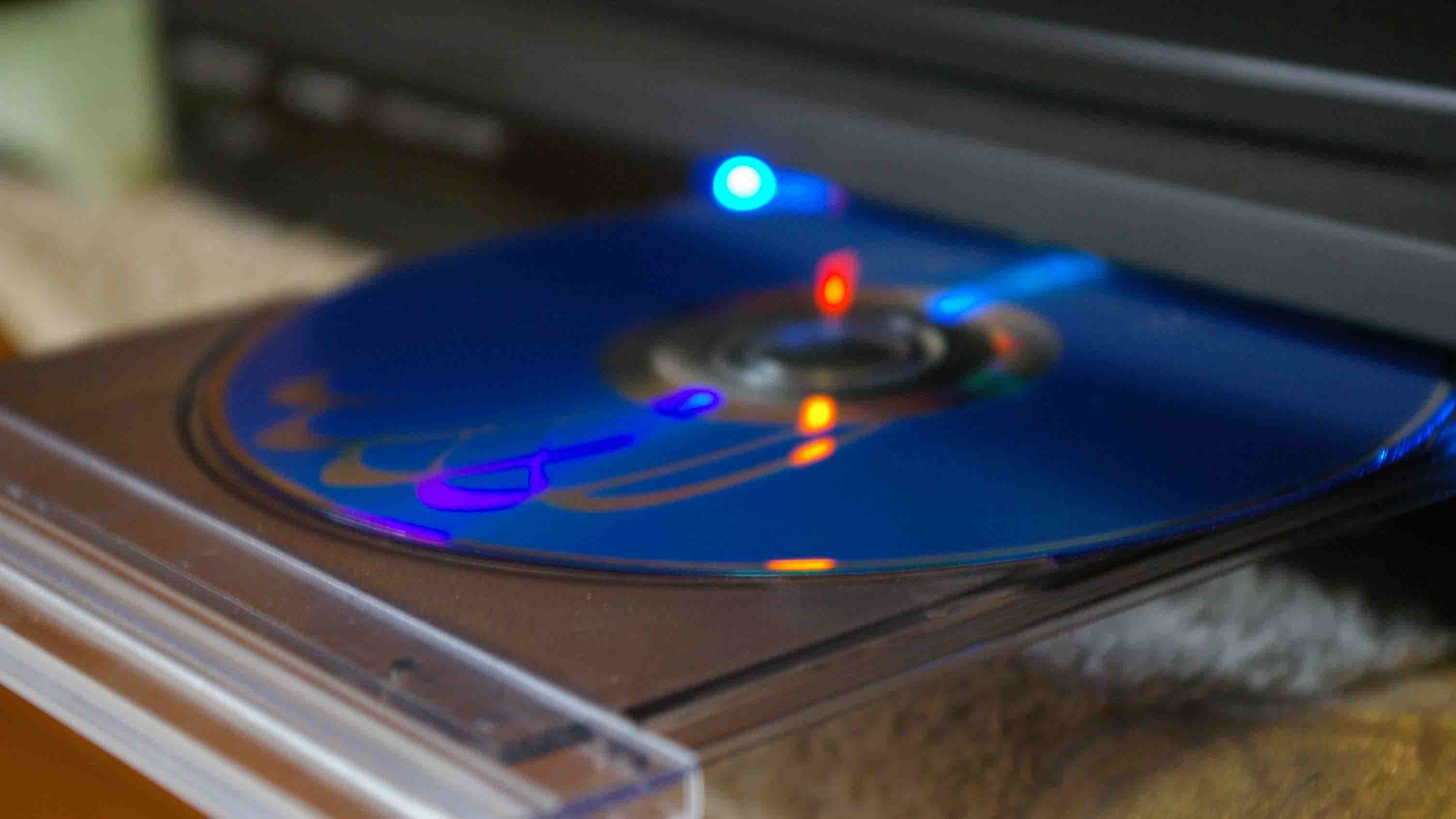

1. Executive Summary
Plastic Extrusion is a high-volume, continuous
manufacturing process used to create objects with a fixed cross-sectional profile (a 2D shape). Molten plastic
material is forced through a shaped opening in a die, creating a continuous
length of product that is then cooled and solidified. It is an incredibly
efficient and economical method for producing items like plastic pipes, tubes,
sheets, films, and profiles used in countless industries.
2. Core Principle & Key Characteristics
The fundamental
principle is continuous shaping. Plastic granules are melted, homogenized, and
then pushed through a die, much like squeezing toothpaste from a tube. The
shape of the die opening determines the shape of the final product.
Key Characteristics:
3. The Extrusion Line: Components & Process
The process is a
continuous sequence performed by an integrated "extrusion line."
1. Raw Material (Resin)
2. The Extruder (The Heart of the Process)
This is the machine that melts and pumps the
plastic.
3. Downstream Equipment
This equipment handles, cools, and finishes
the extruded product.
4. The Plasticating Process Inside the Extruder
The screw is divided into three functional
zones that perform a continuous sequence:
5. Common Types of Extrusion Processes
|
Process |
Description |
Common Applications |
|
Tube/Pipe Extrusion |
Produces hollow profiles. Uses a spider
die or spiral
mandrel die where molten plastic flows around a
central mandrel (pin) to
create the hollow center. |
Water pipes, medical tubing, hose liners. |
|
Sheet Extrusion |
Produces a wide, flat sheet. The melt is
extruded through a flat, slit die onto a series of polished, chilled rolls (calendar
stack) that cool it and control thickness. |
Packaging, signage, thermoforming blanks. |
|
Film Extrusion |
Similar to sheet but for thinner materials.
Often uses a chill
roll casting process or blown film extrusion. |
Plastic bags, stretch wrap, agricultural
film. |
|
Blown Film Extrusion |
A specific process where the melt is
extruded vertically through an annular die to form a tube. Air is blown into
the center to inflate it like a balloon, stretching it thin. The bubble is
then collapsed and wound up. |
Grocery bags, shipping envelopes. |
|
Profile Extrusion |
The most general form, used for any solid
or complex cross-section that is not a pipe, sheet, or film. |
Window frames, deck railings, adhesive
tapes. |
|
Co-Extrusion |
A advanced process where two or more
extruders feed different materials into a single, complex die. This creates a
multi-layer product with combined properties. |
Barrier packaging (e.g., ketchup bottles),
vinyl windows with a hard cap stock. |
|
Extrusion Coating |
Extruding a thin layer of molten plastic
onto a substrate like paper, aluminum foil, or fabric. |
Drink cartons, cable wrapping. |
6. Key Advantages and Limitations
|
Advantages |
Limitations |
|
Low cost per foot/meter for high volumes. |
Limited to constant cross-sections. Cannot create
complex 3D shapes like injection molding. |
|
Continuous, 24/7 operation is possible. |
High initial cost for tooling (dies) and
downstream equipment. |
|
Flexibility in product design and material
selection. |
Tolerances are generally wider than for
machined or molded parts. |
|
In-line finishing (e.g.,
printing, punching) can be integrated. |
Limited to thermoplastic materials (cannot
process thermosets with standard extruders). |
7. Common Applications
Plastic extrusion products are everywhere:
Conclusion
Plastic Extrusion is a foundational process
of modern manufacturing. Its ability to produce continuous, complex profiles at
a low cost makes it indispensable for a vast range of industries. While limited
to linear products, its efficiency and versatility ensure its continued
dominance in the production of plastic tubes, sheets, films, and profiles.